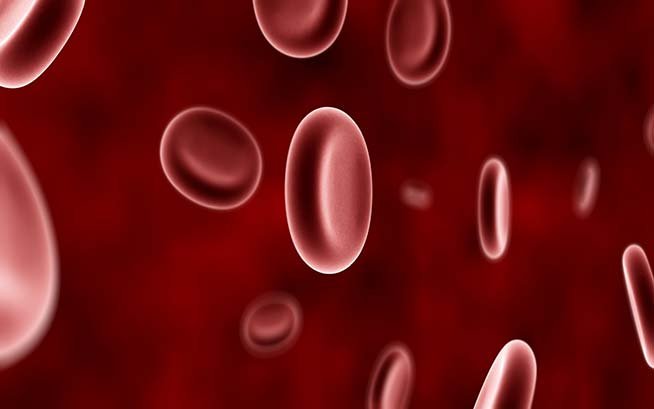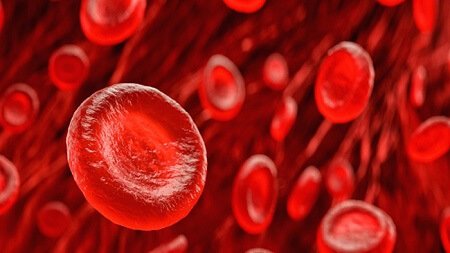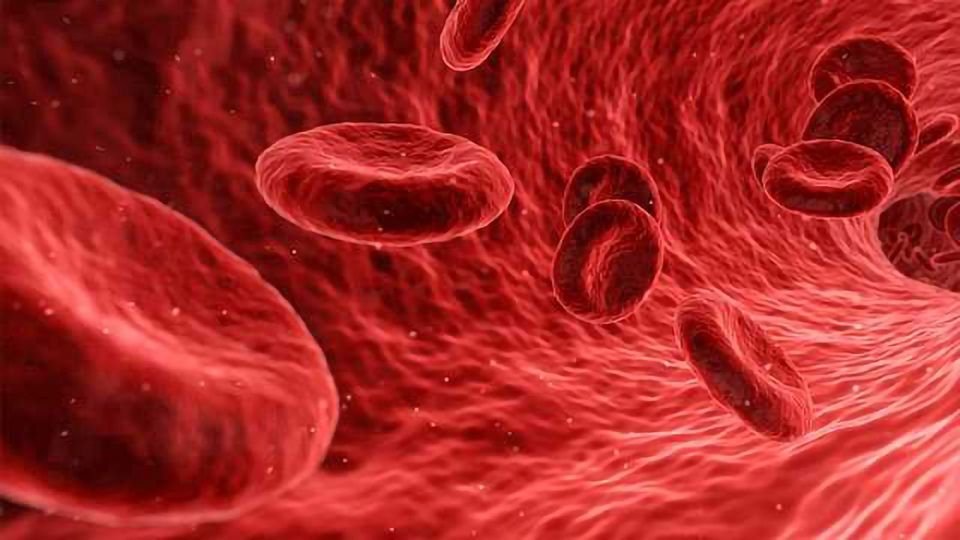Life cycle of Blood cells
Red blood cells
Red blood cells are also known as Erythrocytes. In the human body, erythrocytes (RBCs) are the most prevalent cell type. It performs the task of carrying oxygen from the lungs to the body’s tissues. Haemoglobin, which is present in large amounts in RBCs, mediates oxygen transfer.

BLOOD CELLS
Oxygen and nutrients were delivered to the body’s cells by blood. Blood cells regulate bleeding and prevent and treat infections. They are constantly being synthesised in the bone marrow. Hepatocytes, often known as blood cells, are cells that are typically present in blood and are created during the haematopoiesis process.
RBC Cell structure: –

RBCs, also known as erythrocytes, have an abnormal structure compared to the majority of human body cells, and they have a diameter of 7–8 m. The RBC structure is biconcave, with a broader periphery and a thinner centre, much like a doughnut.
This characteristic maximises the surface area of the cell membrane, allowing for gas exchange and transport. Due to the loss of intracellular organelles during erythropoiesis, these cells lack any other intracellular organelles and are nucleated. A cell membrane surrounds the cytoplasm, which is one of the two primary structures. The cytoplasm of tissues stained with haematoxylin and eosin is packed with haemoglobin, which includes acidophiles and causes erythrocytes to stain intensely red with eosin. Lipids make up the cell membrane.
What is the function of RBCs?
Basic and important functions of RBCs:
- Delivers oxygen from the lungs to the tissues all through the body
- Facilitates carbon dioxide transport
- Acts as a buffer and regulates hydrogen ion concentration
- Contributes to blood viscosity
- Carries blood group antigens and Rh factor
- Erythrocytes are covered with a membrane comprising proteins and lipids. While the nucleus is absent, it contains a red iron-rich protein — haemoglobin, which binds to oxygen. Additionally, red blood cells extract carbon dioxide from your body and carry it all the way to the lungs for it to be exhaled.
- Red blood cells are synthesized in the bone marrow where they are usually. Their life span is approximately 120 days after which they die. The primary role of these red cells along with their haemoglobin is to pass oxygen from gills/lungs to all tissues of the body, and then carry carbon dioxide (a by-product of metabolism) to the lungs for its exhalation.
- The oxygen-carrying pigment in invertebrates is passed free in the plasma. In vertebrates, the concentration of this pigment in the red cells is more efficient which indicates the significant development of evolution. The biconcave shape of the cells enables the exchange of oxygen at a steady rate over the largest area possible. Erythrocytes help in determining the type of blood group too.
The life cycle of Erythrocytes
Erythrocytes’ life cycle involves three stages — production, maturity and destruction. Through erythropoiesis, which is the production of erythrocytes, a sub-process of haematopoiesis occurs in the red bone marrow.

The initial stages of haematopoiesis lead to the creation of an erythroid stem cell known as the Colony Forming Unit — Erythroid (CFU-E). It marks the beginning of this process driven by the erythropoietin — hormone. These cells are found in erythroid islands in the bone marrow, where they multiply and differentiate towards mature RBCs. The process of differentiation gives rise to cells — erythrocytes, erythroblasts, proerythroblasts and reticulocytes.
Stages of Erythropoiesis
Stage of Erythropoiesis- Corresponding events
Proerythroblast- Initiation of the process of haemoglobin synthesis
Early normoblast- Disappearance of nucleoli
Intermediate normoblast- The stage where haemoglobin starts to appear
Late normoblast- Disappearance of the nucleus
Reticulocyte- Formation of reticulum, From the site of production, the cell enters the capillary
RBC matures- Distinct doughnut-shaped biconcave cells achieved, Disappearance of reticulum








